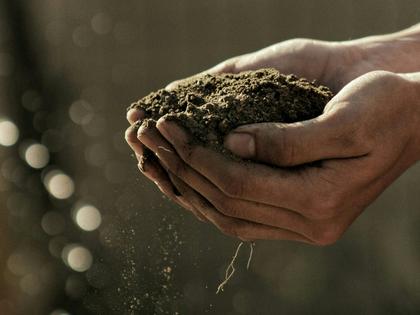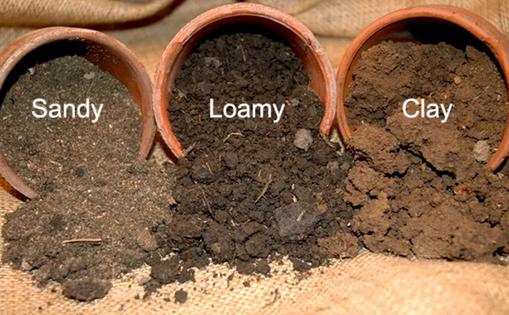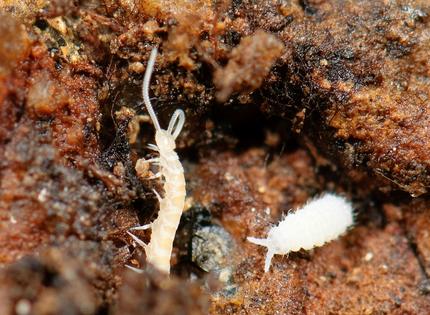What is dirt? There’s a whole wriggling world alive in the ground beneath our feet, as a soil scientist explains
Published in Science & Technology News
Curious Kids is a series for children of all ages. If you have a question you’d like an expert to answer, send it to curiouskidsus@theconversation.com.
What is dirt? – Belle and Ryatt, ages 7 and 5, Keystone, South Dakota
When you think about dirt, you’re probably picturing soil. There’s so much more going on under our feet than the rock dust, or “dirt,” that gets on your pants.
When I began studying soil, I was amazed at how much of it is actually alive. Soil is teeming with life, and not just the earthworms that you see on rainy days.
Keeping this vibrant world healthy is crucial for food, forests and flowers to grow and for the animals that live in the ground to thrive. Here’s a closer look at what’s down there and how it all works together.
If you scoop up a handful of dry soil, the basic dirt that you feel in your hand is actually very small pieces of weathered rock. These tiny bits eroded from larger rocks over millions of years.
The balance of these particles is important for how well soil can hold water and nutrients that plants need to thrive.
For example, sandy soil has larger rock grains, so it will be loose and can easily wash away. It won’t hold very much water. Soil with mostly clay is finer and more compact, making it difficult for plants to access its moisture. In between the two in size is silt, a mix of rock dust and minerals often found in fertile flood plains.
Some of the most productive soils have a good balance of sand, clay and silt. That combination, along with the remnants of plants and animals that have died, helps the soil to retain water, allows plants to access that water and minimizes erosion from wind or rain.
Among all those rock particles is a whole world of living things, each busy doing its job.
...continued

















Comments